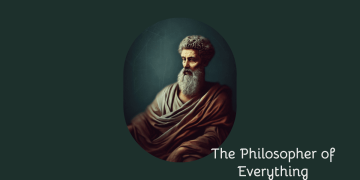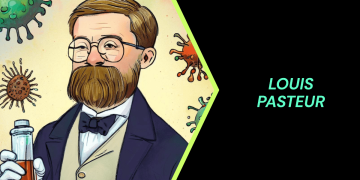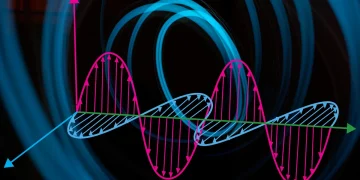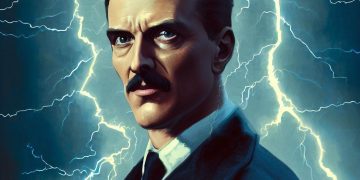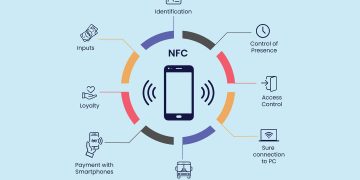Nikola Tesla was a brilliant inventor and engineer who made many important contributions to the fields of electricity, magnetism, and wireless communication. He was born in 1856 in what is now Croatia, and moved to the United States in 1884. He worked with Thomas Edison for a short time, but later became his rival. He developed the alternating current (AC) system of power generation and transmission, which is widely used today. He also invented the Tesla coil, a device that produces high-voltage, high-frequency currents and sparks. He experimented with radio waves, X-rays, and wireless energy transfer. He had a visionary and creative mind, but also faced many challenges and controversies in his life. He died in 1943 in New York City.
Tesla is best known for his pioneering work in the field of alternating current (AC) electricity, which laid the foundation for the modern electrical power distribution systems used worldwide. Here are some key aspects of Tesla’s contributions:
- AC Electrical Systems: One of Tesla’s most significant achievements was his development of alternating current electricity. He advocated for the use of AC over direct current (DC) for power distribution, as AC could be transmitted over longer distances with less loss of energy. His ideas and inventions played a crucial role in the “War of Currents,” a rivalry between Tesla’s AC system and Thomas Edison’s DC system.
- Transformers and Induction Motors: Tesla designed and developed the first practical alternating current transformer and induction motor. These inventions enabled efficient and safe transmission of electricity over long distances and made it possible to generate, transmit, and utilize electrical power on a large scale.
- Wireless Transmission of Electricity: Tesla envisioned a world where electricity could be transmitted wirelessly, and he conducted experiments to demonstrate the feasibility of wireless power transmission. While he achieved some success, his most ambitious project, the Wardenclyffe Tower, intended to transmit electricity through the Earth’s atmosphere, was not fully realized due to financial constraints
- Radio Waves and Remote Control: Tesla made contributions to the development of radio technology, with his work on understanding and utilizing radio waves predating many other inventors’ efforts. He also developed concepts related to remote control and wireless communication, which laid the foundation for modern remote control devices and communication systems.
- X-rays and Other Innovations: Tesla made contributions to various other fields, including X-ray research, radar development, and the invention of devices like the Tesla coil, which is still used in various applications today, including in educational demonstrations and wireless power experiments.
These are just some examples of Tesla’s inventions and patents. He also had many ideas that were never realized or patented, such as a flying machine, a death ray, an earthquake machine, and a thought camera. He was a visionary and a genius who changed the world with his discoveries.



